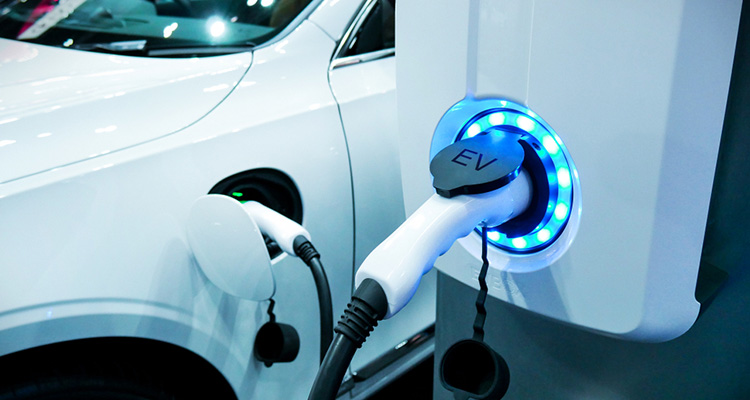Spread across North Africa—including parts of Algeria, Chad, Egypt, Libya, Mali, Mauritania, Morocco, Niger, Sudan, and Tunisia—the Sahara is the largest hot desert in the world. It covers an area of about 9.2 million square kilometers (3.6 million square miles), roughly the size of the continental United States.
Since 1920, the Saharah Dessert has expanded by 10 percent (a staggering 1 million sq km). Research reveals the main reason for this expansion is climate change.
Both natural- and human-caused climate change exacerbates desert expansion, a.k.a. desertification. As the Sahara desert expands, it’s pushing back the Sahel and drying up the Lake Chad.
But the Sahara was not always the vast expanse of sand dunes and arid land that we see today.
Once upon a time, about 11,000 years ago, the Sahara was green, spread with a variety of vegetation, including grasslands, lakes, and even lush tropical forests in some areas.
Evidence of this ancient green Sahara comes from archaeological findings and geological studies that indicate the presence of prehistoric lakes, river valleys, and the remnants of past human settlements.
But today, the once green oasis and lush wetland has become a dry and dusty wasteland characterized by vast spread of sand dunes, expanding and encroaching into surrounding environments, impacting ecosystems, and displacing communities. The Sahara has become arguably the hottest ecozone in the world.
What happened? What caused the devegetation? Although the landscape degradation of the Sahara is largely attributable to changing orbital conditions, some research maintained that humans were the initial agents of change.
Early Saharan herders may have altered the natural balance in the region, leading to more scrubland and less grassland in certain areas. This shift could have increased the reflection of sunlight and the production of dust, speeding up the region’s transition from a green oasis to a dry wasteland.
If the story of the Sahara dessert should teach us anything, it’s the potential for humans to tremendously alter ecosystems.
To avoid further landscape degeneration and curb the effects of climate change, “We must balance economic development with environmental stewardship,” an article on The Conversation reads.
The transition to sustainable energy—which includes the widespread adoption of electric vehicles as our primary mode of transport—will help mitigate climate change and save our environment.
In fostering environmental stewardship and embracing sustainable energy solutions, we pave the way toward a future where the mistakes of the past can guide a more balanced and resilient coexistence with our changing planet.


